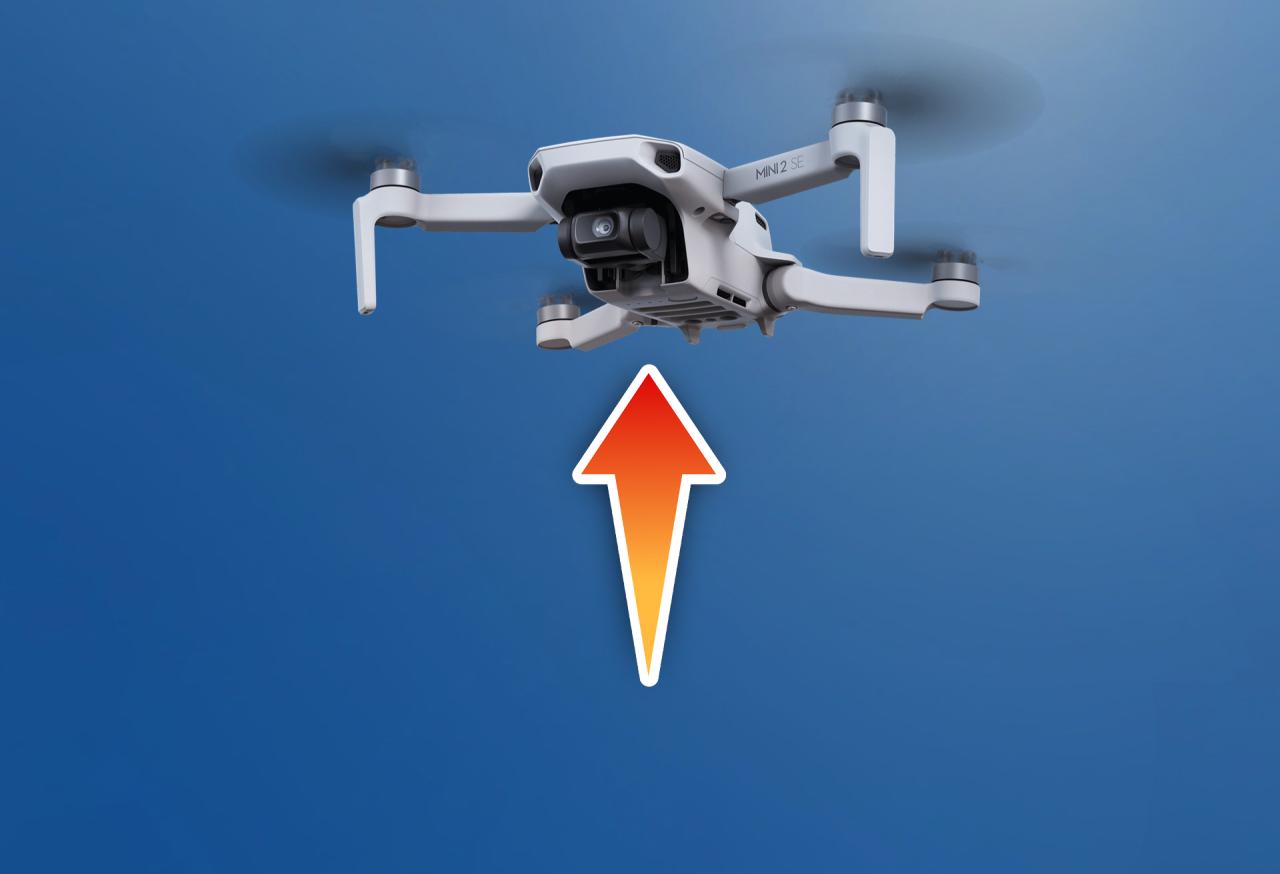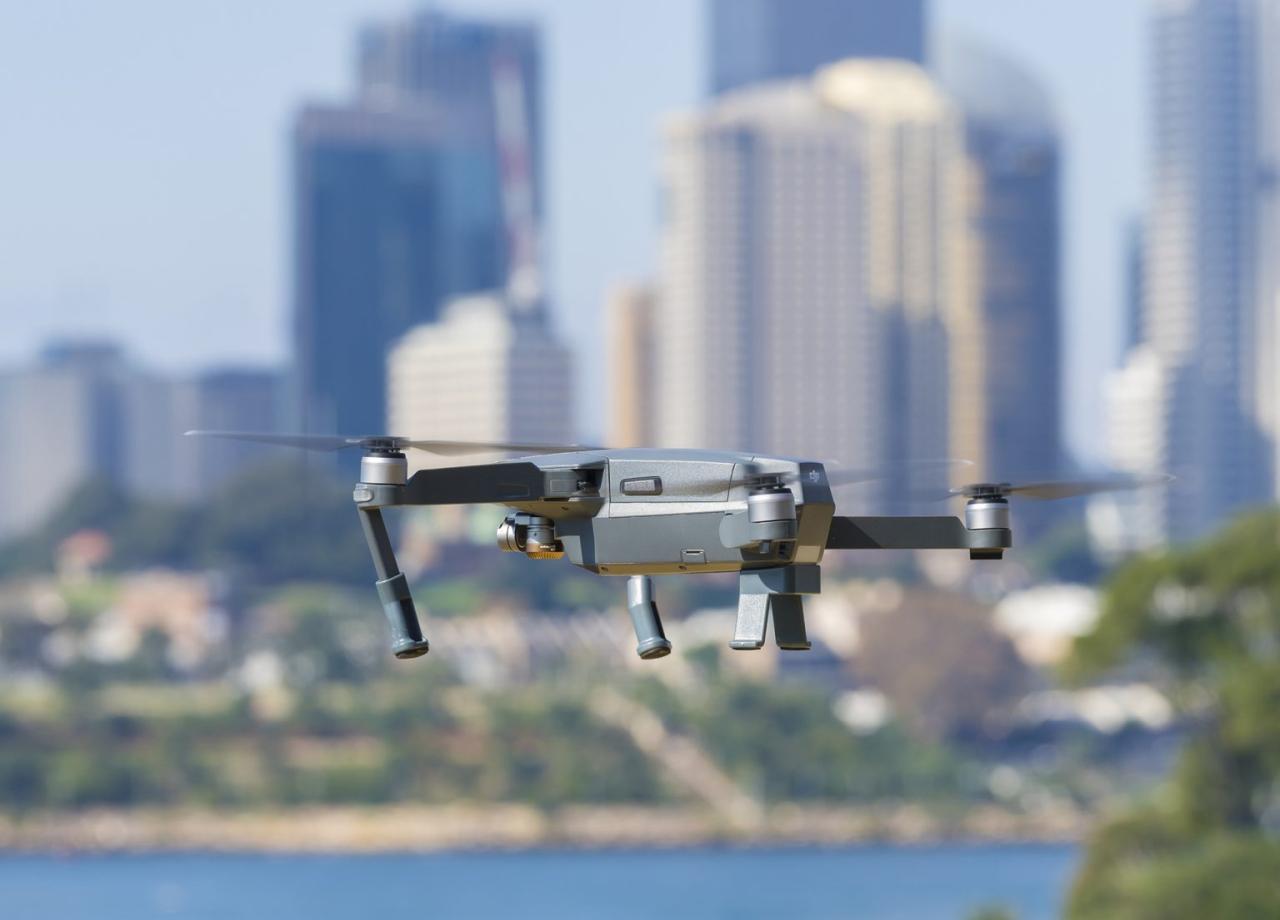Canada Drone Laws Under 250g: Navigating the regulations for smaller drones can be surprisingly straightforward. While heavier drones require more extensive licensing and permissions, understanding the rules for sub-250g drones is crucial for safe and legal operation. This guide breaks down the key aspects, from registration requirements to safety protocols and privacy considerations, ensuring you can fly your drone responsibly and confidently.
This guide will cover the specific regulations governing drones under 250 grams in Canada, comparing them to those for heavier models. We’ll delve into operational restrictions, safety guidelines, privacy implications, and insurance considerations. We aim to provide a clear and concise understanding of the legal framework surrounding sub-250g drone operation in Canada, helping you avoid potential legal issues and ensure safe flying practices.
Canadian Drone Regulations for Sub-250g Drones
Operating a drone in Canada, even a lightweight one under 250 grams, comes with specific regulations. Understanding these rules is crucial for safe and legal drone operation. This section clarifies the regulations for sub-250g drones, comparing them to those for heavier models, and outlining registration requirements and exceptions.
Regulations Governing Sub-250g Drones in Canada
In Canada, drones under 250 grams are generally considered less risky than heavier drones due to their limited capabilities. However, they are still subject to several important regulations. These regulations primarily focus on safe operation and respecting the privacy of others. Unlike heavier drones which require registration with Transport Canada, sub-250g drones do not currently have a mandatory registration requirement.
This doesn’t mean they’re exempt from all rules; safe operation remains paramount.
Comparison with Regulations for Heavier Drones
The key difference lies in registration. Drones weighing 250 grams or more require registration with Transport Canada, necessitating the completion of a basic safety knowledge test. Sub-250g drones are not subject to this registration requirement. However, both categories are bound by the same operational rules regarding airspace restrictions, proximity to people and infrastructure, and respect for privacy laws.
The weight difference simply alters the administrative burden, not the fundamental safety and legal responsibilities.
Registration Requirements for Sub-250g Drones, Canada drone laws under 250g
Currently, there is no mandatory registration requirement for drones under 250 grams in Canada. However, operators are still responsible for adhering to all other applicable regulations concerning safe and legal operation. Keeping your contact information readily available in case of an incident is good practice.
Situations Requiring a Special Flight Operations Certificate (SFOC) for Sub-250g Drones

Even sub-250g drones might require a Special Flight Operations Certificate (SFOC) under certain circumstances. This would be necessary if the drone operation involves activities beyond basic recreational use, such as commercial operations, flights over populated areas, or flights near critical infrastructure. A SFOC involves a detailed application process to ensure compliance with safety standards.
Operating Restrictions for Sub-250g Drones in Canada
Several areas restrict or prohibit sub-250g drone operation. Understanding these restrictions is vital for preventing accidents and legal issues. The following table summarizes common restrictions, while further discussion delves into specifics.
Restricted Areas for Sub-250g Drone Operation
| Location Type | Restriction Type | Reason for Restriction | Example |
|---|---|---|---|
| Airports | Prohibited | Safety hazard to aircraft | Within 9km of an airport without permission |
| Populated Areas | Restricted | Risk of injury or property damage | Flying over crowds at a public event |
| Critical Infrastructure | Prohibited | Security concerns | Flying near power plants or government buildings |
| National Parks | Restricted | Environmental protection | Flying in sensitive ecological areas |
Rules Concerning Airports, Populated Areas, and Critical Infrastructure
Flying near airports requires significant clearances due to potential interference with aircraft operations. Flights over populated areas must maintain safe distances to avoid accidents or injuries. Operating near critical infrastructure is strictly regulated for security and safety reasons, often requiring prior authorization. These restrictions aim to prevent collisions, privacy violations, and security breaches.
So you’re looking into Canada’s drone laws for those sub-250g flyers? Pretty straightforward stuff, mostly about responsible operation and staying away from airports. If you’re struggling to find clear info online, maybe your research tools aren’t cooperating; check if you’re having issues like chatgpt not working , which can impact your search. Once you’ve sorted that out, remember to always check the official Transport Canada website for the most up-to-date regulations before you take flight.
Implications of Beyond Visual Line of Sight (BVLOS) Flight
Flying a drone beyond visual line of sight (BVLOS) is generally prohibited for sub-250g drones without a Special Flight Operations Certificate (SFOC). Maintaining visual contact is essential for safe operation and avoiding accidents. Loss of control beyond visual range can lead to serious consequences.
Obtaining Permissions for Exceptions
To obtain necessary permissions for exceptions to standard operating rules, individuals typically need to apply for a Special Flight Operations Certificate (SFOC) through Transport Canada. This involves a detailed application process outlining the proposed flight plan, safety measures, and risk mitigation strategies. The approval process assesses the potential risks and ensures compliance with safety regulations.
Safety Guidelines and Best Practices for Sub-250g Drone Operation
Prioritizing safety is crucial for responsible drone operation. Following a pre-flight checklist, understanding potential hazards, and adhering to best practices minimizes risks and ensures a safe flight.
Pre-Flight, During Flight, and Post-Flight Checklist
- Pre-flight: Check weather conditions, battery level, drone functionality, and familiarize yourself with the flight area.
- During flight: Maintain visual line of sight, avoid obstacles, and be aware of surroundings.
- Post-flight: Secure the drone, inspect for damage, and review flight logs.
Potential Hazards and Mitigation Strategies

| Potential Hazard | Mitigation Strategy |
|---|---|
| Loss of control | Regular maintenance, pilot training, and keeping within visual line of sight. |
| Battery failure | Use high-quality batteries, monitor battery levels, and have a spare battery available. |
| Collisions with obstacles | Careful flight planning, avoiding crowded areas, and using obstacle avoidance features (if available). |
| Adverse weather conditions | Avoid flying in strong winds, rain, or snow. |
Best Practices for Responsible Drone Operation
Responsible drone operation includes respecting privacy, adhering to noise regulations, and minimizing environmental impact. Avoid flying over private property without permission and be mindful of wildlife. Proper disposal of drone batteries is also crucial for environmental responsibility.
Privacy Considerations and Legal Implications
Canadian privacy laws apply to drone operation, particularly concerning image and video capture. Understanding these laws is crucial for avoiding legal issues. This section explains privacy laws, legal implications of unauthorized recording, and steps for compliance.
Canadian Privacy Laws Related to Drone Use
The Personal Information Protection and Electronic Documents Act (PIPEDA) and provincial privacy legislation govern the collection, use, and disclosure of personal information. This includes images and videos captured by drones. Unauthorized recording of individuals can lead to legal consequences. Consent is generally required before capturing images or videos of identifiable individuals.
Legal Implications of Unauthorized Image/Video Capture
Capturing images or videos of individuals without their consent can lead to civil lawsuits for invasion of privacy or potential criminal charges depending on the context and the nature of the images/videos. The consequences can include fines, legal fees, and reputational damage.
Consequences of Violating Privacy Laws
Penalties for violating privacy laws can range from fines to more severe legal action, depending on the severity of the violation. These penalties can significantly impact individuals and organizations. Reputational damage can also result from such violations.
Steps to Ensure Compliance with Privacy Laws
- Obtain consent before capturing images or videos of identifiable individuals.
- Ensure that images and videos are not stored or shared without consent.
- Understand and comply with all relevant privacy legislation.
- Consider the potential privacy implications of drone operations before flying.
Drone Insurance and Liability for Sub-250g Drones

While sub-250g drones are less powerful than larger models, they can still cause damage or injury. Having appropriate insurance coverage is crucial for protecting yourself from liability. This section discusses the importance of insurance, available policy types, liability implications, and scenarios where insurance is crucial.
Okay, so you’re looking at drones under 250g in Canada? That simplifies things a bit with the regulations, right? But choosing the right one can be tricky! To help you decide, check out this guide on which DJI drone to buy to find a model that fits your needs. Remember though, even with lighter drones, you still need to follow all Canadian drone laws regarding airspace and registration, so be sure to brush up on those rules before you fly!
Need for Insurance Coverage
Even though sub-250g drones are relatively small and inexpensive, they can still cause damage to property or injury to people. Insurance protects you from financial liability in case of an accident. The cost of repairs, medical expenses, and legal fees can be substantial.
Types of Drone Insurance Policies
Various drone insurance policies are available in Canada, offering different levels of coverage. Policies can include liability coverage for property damage and personal injury, as well as coverage for loss or damage to the drone itself. The choice of policy depends on the specific needs and risk profile of the drone operator.
Liability Implications for Damages or Injuries
Drone operators are generally liable for any damages or injuries caused by their drone, regardless of the drone’s size. This liability extends to property damage, personal injury, and even third-party claims. Without insurance, you could face significant financial losses.
Scenarios Where Drone Insurance is Crucial
Drone insurance is crucial in scenarios such as accidental property damage (e.g., crashing into a house), personal injury (e.g., striking a pedestrian), or legal disputes arising from privacy violations or unauthorized flights. It offers financial protection and peace of mind.
Closing Summary: Canada Drone Laws Under 250g
Flying a drone under 250g in Canada is a privilege, not a right. By understanding the regulations, prioritizing safety, and respecting privacy laws, you can enjoy the benefits of drone technology responsibly. Remember to always check for updated regulations and be mindful of your surroundings. Safe and legal flying contributes to a positive public perception of drone technology and allows for its continued growth and development.
Happy flying!
Detailed FAQs
Do I need to register a drone under 250g in Canada?
No, registration isn’t currently required for drones under 250g in Canada.
So you’re looking at flying drones under 250g in Canada? That’s great, but keeping up with the rules can be tricky. To stay informed on any changes or new regulations, check out the latest updates on drone news today for the most current information. Remember, even with lighter drones, safe and legal operation is key to avoiding any issues with Canadian drone laws under 250g.
Can I fly my sub-250g drone at night?
Generally, no. Night flights usually require additional permissions and are typically restricted unless you have a Special Flight Operations Certificate (SFOC).
What happens if I accidentally damage someone’s property with my drone?
You could be held liable for the damages. Drone insurance is highly recommended to cover such incidents.
Where can I find the most up-to-date information on Canadian drone laws?
Check Transport Canada’s official website for the latest regulations and updates.
